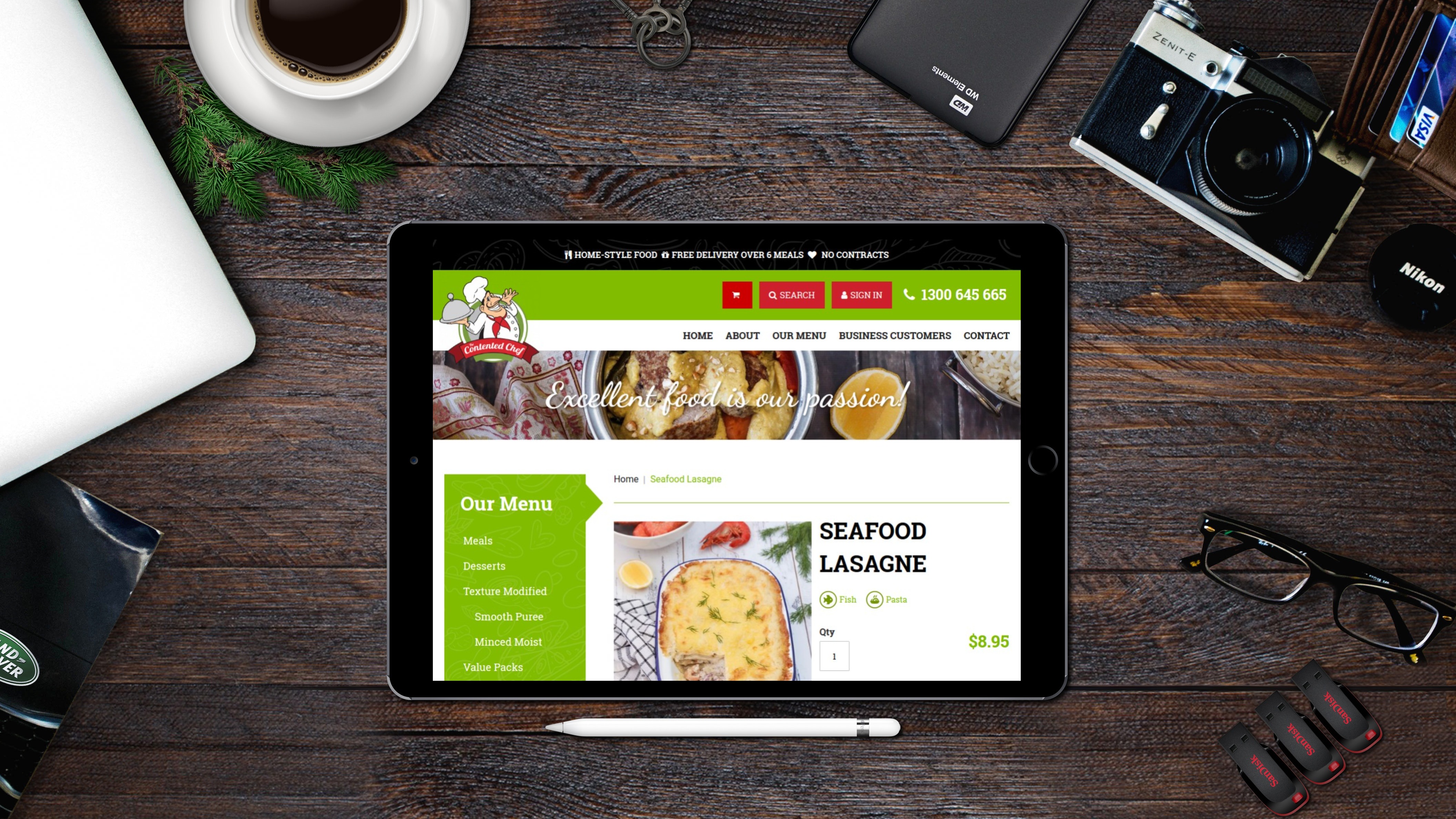The web design trends you need to know in 2018
What’s coming in 2018 for web design? iFactory have the answers.
They say that the only constant is change and there is no greater proof of this than in the web design industry. It’s a continually shifting landscape where technology and creativity meet in new and interesting ways. What is considered progressive one year is likely to be obsolete the next, so it’s important to always stay on top of new trends and find what innovative techniques and styles will work for your next project.
The team at our Brisbane web design studio, have taken note of some exciting new trends that are being felt in the modern industry.
Animation in UI elements
Embedding video into a website layout is a well-known practice at this point, with many sites using videos for backgrounds or parts of blog posts. However, they could also be used for User Interfaces. A great example of this would be to showcase software functionality or how-to videos in the form of an animated .gif. These would automatically play to make it clear to the user what they can do next.
Mobile first
Google has made no secret that they’re rewarding sites with a mobile responsive design with better rankings on their search engine, and this change is informing business website design.
From November 2016, Google has indexed your website based on a desktop user’s experience, taking into account only the desktop version of a website and the content within. With a mobile-first index, Google will switch this around to index and rank your website based on the content and information architecture of your mobile site as a primary view.
Their “Mobile First” system means that mobile versions of sites can appear above bigger ones, so it’s imperative that it looks just as good, if not better than, the desktop version.
Saying goodbye to flat design
Flat design – the art of reducing icons or images to their most basic elements – was needed in an age of small phone screens where no pixel could be wasted. Thankfully modern technology has afforded more space to play in. Also, designers are using drop shadows to indicate depth, giving an extra layer of information to work with.
Illustration
While using stock or newly-created photography is a relatively cheap and easy way to add colour and life to a site, a bold new trend is emerging to take its place: illustration. Using these hand-drawn, interesting spot images can give a site a completely unique feel to separate it from the competition. Illustrations also serve as a perfect halfway point between UI and decorative imagery.
Big, bold colours
Time is short, and attention spans are getting even shorter. To help capture and retain eyeballs in an increasingly scroll-past-it-in-your-feed social media world, designers are turning to eye-catching colour choices and envelope-pushing patterns. It’s a method that carries with it some risk of appearing garish, but smart web designers know where to draw the line.
Sticky navigation bars
Especially prominent in ecommerce sites, sticky navigation bars keep useful information – a checkout button or links to the most important pages, for example – on the screen at all times, even if you scroll down the page. They’re particularly useful on mobile websites, to prevent the user having to unnecessarily scroll up and down all the time.
Typography as art
The thousands of web fonts in use across the web has placed a greater emphasis on making typography beautiful. So much so that many websites are not shying away from using extra-large typefaces across their site, even forgoing imagery altogether and letting the glyphs take centre stage. When done right, the effect is beautiful. It’s almost like the art form of calligraphy is back in force. Of course, there are some golden rules of digital typography every designer should follow.
Web design is leading the world in these areas and more – and iFactory is a proud part of it. Contact iFactory today to see how we can take your website design into the future.

